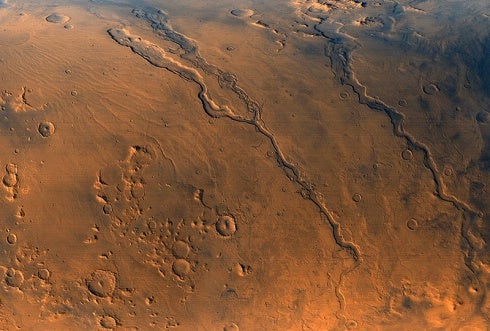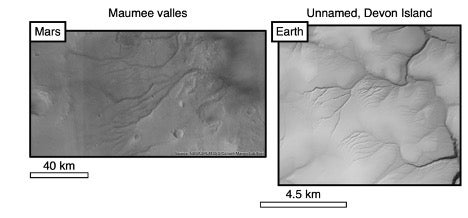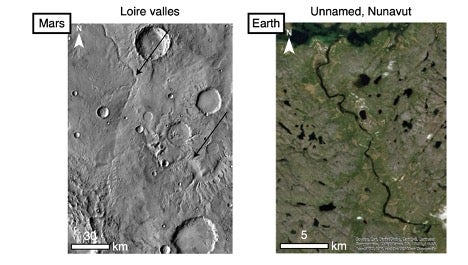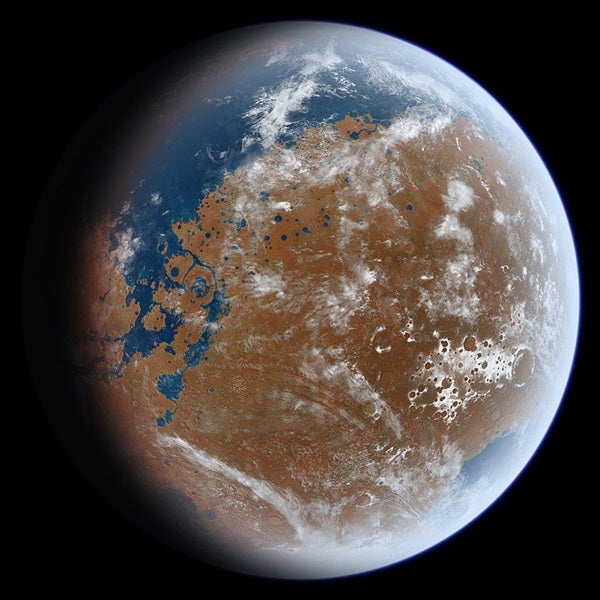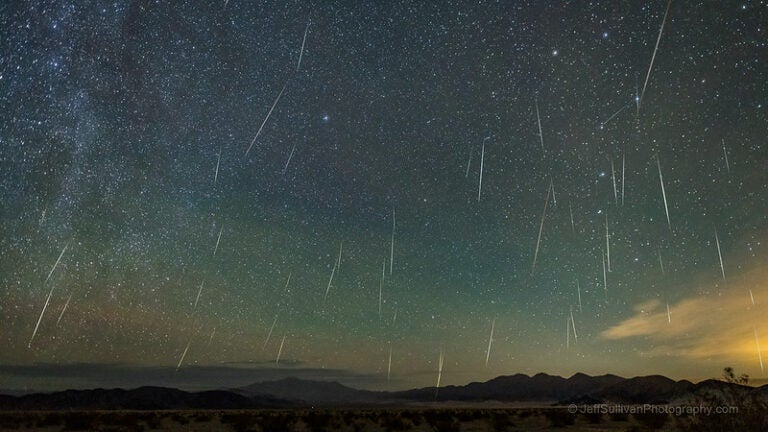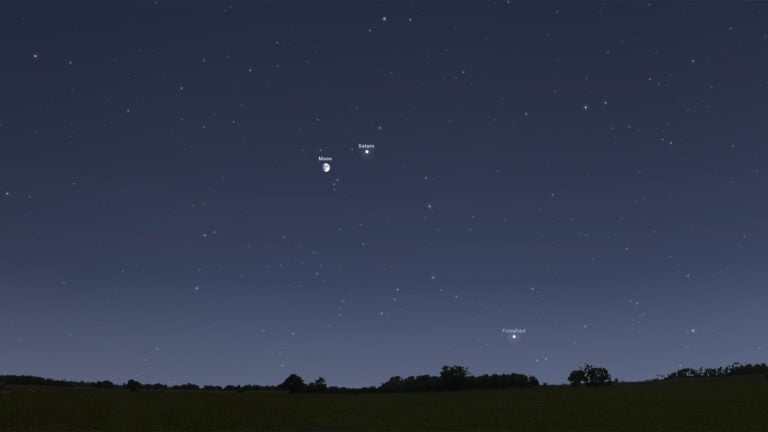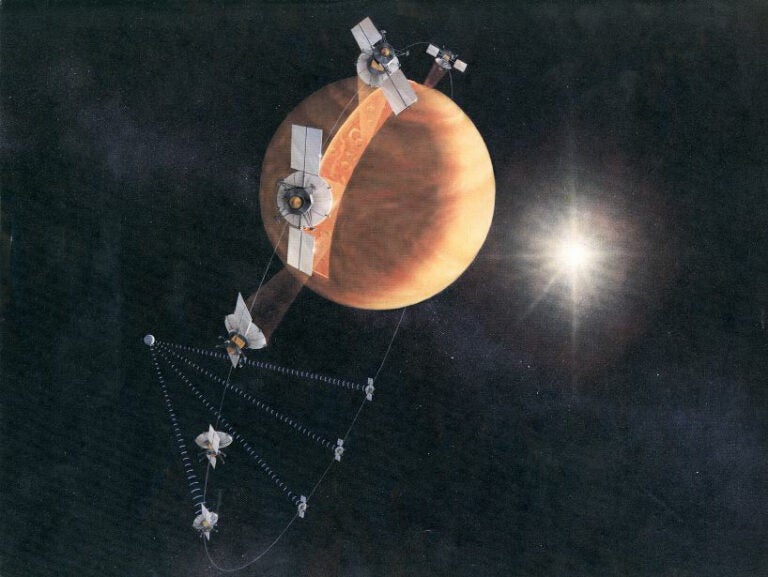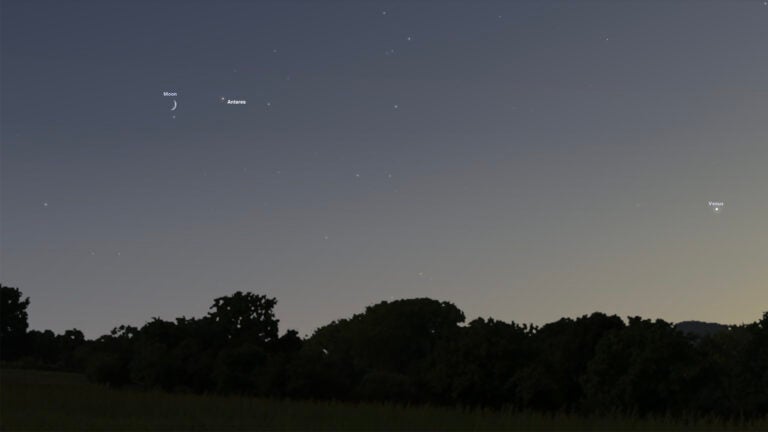The evidence that water once existed on Mars is unmistakable: The planet is covered in valleys that appear carved by flowing water. For decades, these epic ravines and branching riverbeds beckoned planetary scientists to imagine a 3.5-billion-year-old world that was both warm and wet, covered with lakes and rivers — possibly hosting an environment conducive to life.
But new research suggests Mars might not have been the balmy paradise scientists once envisioned. Now, the evidence seems to suggest that rivers may not have covered its surface, but instead flowed deep under large sheets of ice.
To come to this conclusion, the researchers performed a statistical analysis of the shapes and patterns of 66 networks of valleys on Mars, which are composed of over 10,000 individual valleys. They then compared these to similar features on Earth.
They found that 14 of the martian sites appeared to have characteristics reminiscent of above-ground rivers. But 31 seemed to be carved out by either glacial or subglacial meltwater, more like terrain found near former glaciers on Earth.
The team published their findings August 3 in Nature Geoscience. And below are just a few of the Mars-Earth comparisons.
The above images highlight the similarity between Mars’ Maumee Valles channels and Earth’s Devon Island in Canada. Devon Island is a landscape that was once covered in glaciers, suggesting the channels in Maumee Valles likely have a similar origin story. These branching patterns of tributaries are characteristic of the channels of meltwater that form beneath glaciers and rush downhill, cutting into the landscape.
This pair of pictures shows the similarities between Mars’ Loire Valles and an unnamed river in Nunavut, Canada. Both show highly sinuous valleys meandering through the terrain. The widths of the channels also sometimes changes suddenly — from broad to narrow and back again — a characteristic of subglacial rivers.
In the past, some researchers thought such features could be explained by groundwater seeping to the surface and eroding away the ground. The process, called sapping, might have formed the theater-like channels found in canyons in the Western United States, like Arizona’s Grand Canyon.
Groundwater sapping experiment time-lapse from Wouter Marra on Vimeo.
But others have questioned whether springs could really spew enough water to erode the strong bedrock of Mars. Glacial meltwater is a more likely explanation for these large valleys, the team argues, as only three of the 66 valleys they analyzed shared similar traits to known sapping systems on Earth.
What was ancient Mars really like?
The researchers say their findings of a frigid ancient Mars are also in line with climate simulations, which don’t agree with the “warm and wet” hypothesis for how the Red Planet used to be. Instead, they suggest Mars was largely covered in snow and ice, especially at higher altitudes.
But that doesn’t necessarily dash all hopes of finding evidence of ancient life on Mars, like NASA’s Perseverance rover aims to do beginning next year. Massive ice sheets may actually be more hospitable in one respect: they would have offered organisms protection from hazardous radiation that Mars’ weak magnetic field can’t keep out.
And although that isn’t the only hurdle to life surviving on Mars, at least it’s something.

